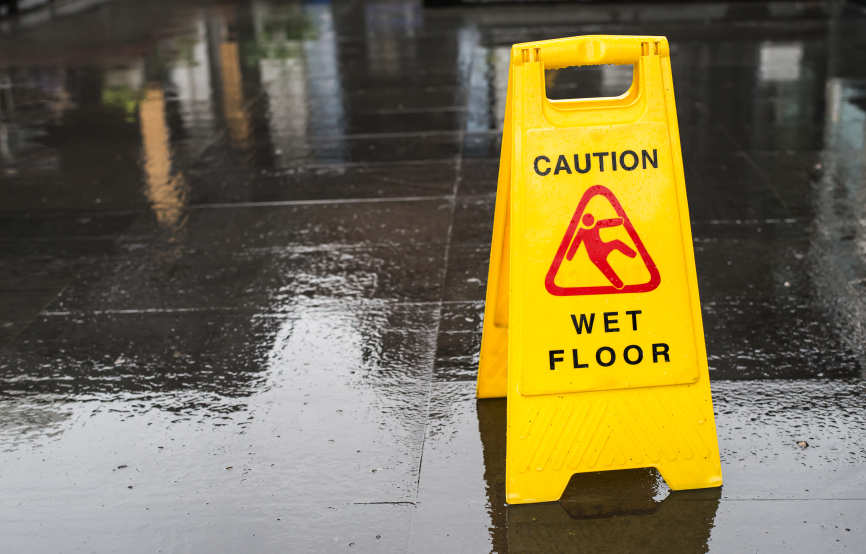Navigating the hazards of the workplace isn’t solely the domain of high-risk professions like construction or firefighting. Recently, the head of human resources at a local bank shared a surprising anecdote about covering for an employee who suffered a serious leg fracture during the holidays. The cause? A seemingly innocent act of decorating the branch for Christmas resulted in a fall from a chair while attempting to hang an ornament from the ceiling.
This incident sheds light on the unexpected dangers lurking in what is conventionally considered a safe office setting. It’s not an isolated case, as the Bureau of Labor Statistics reports that approximately 80,000 private-industry office and administrative workers experience on-the-job injuries annually. Falls are the predominant cause, followed by incidents involving striking against objects and ergonomic injuries.
Despite the apparent contradiction, the Occupational Safety and Health Administration (OSHA) recognizes the prevalence of such injuries and has recently updated its recommendations to curtail these incidents and prevent employees from ending up in the emergency room.
The foremost piece of advice from OSHA is deceptively simple yet crucial: declutter walkways. Tripping hazards, such as boxes and debris, are common culprits in office accidents. Furthermore, stretched electrical cords not only pose an electrical hazard but also contribute to numerous spills. The solution is straightforward—move boxes out of pathways and keep cords clear.
The cautionary tale of the bank teller emphasizes the peril of standing on chairs, especially rolling office chairs. OSHA recommends using stepladders properly for tasks that require reaching elevated heights, ensuring they are fully opened and on stable ground. Attention to ladder warnings is also imperative to prevent accidents.
As winter ushers in the risk of wet, slick floors due to snow and ice, offices should take proactive measures. Adequate carpeting and skid-resistant surfaces can significantly reduce the occurrence of slips and falls during inclement weather.
Open drawers, surprisingly, contribute to a notable number of office falls. Lower drawers left ajar in high-traffic areas pose a tripping hazard, while open higher drawers can lead to unexpected collisions. OSHA advises making it an office practice to fully close drawers and cabinets, even if momentarily stepping away.
By adhering to these straightforward yet often overlooked tips, you not only ensure the satisfaction of your HR manager but also potentially sidestep the need to file for worker’s compensation. Workplace safety, it appears, extends far beyond the expected realms, requiring vigilance and adherence to common-sense practices to mitigate risks effectively.

